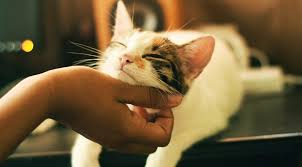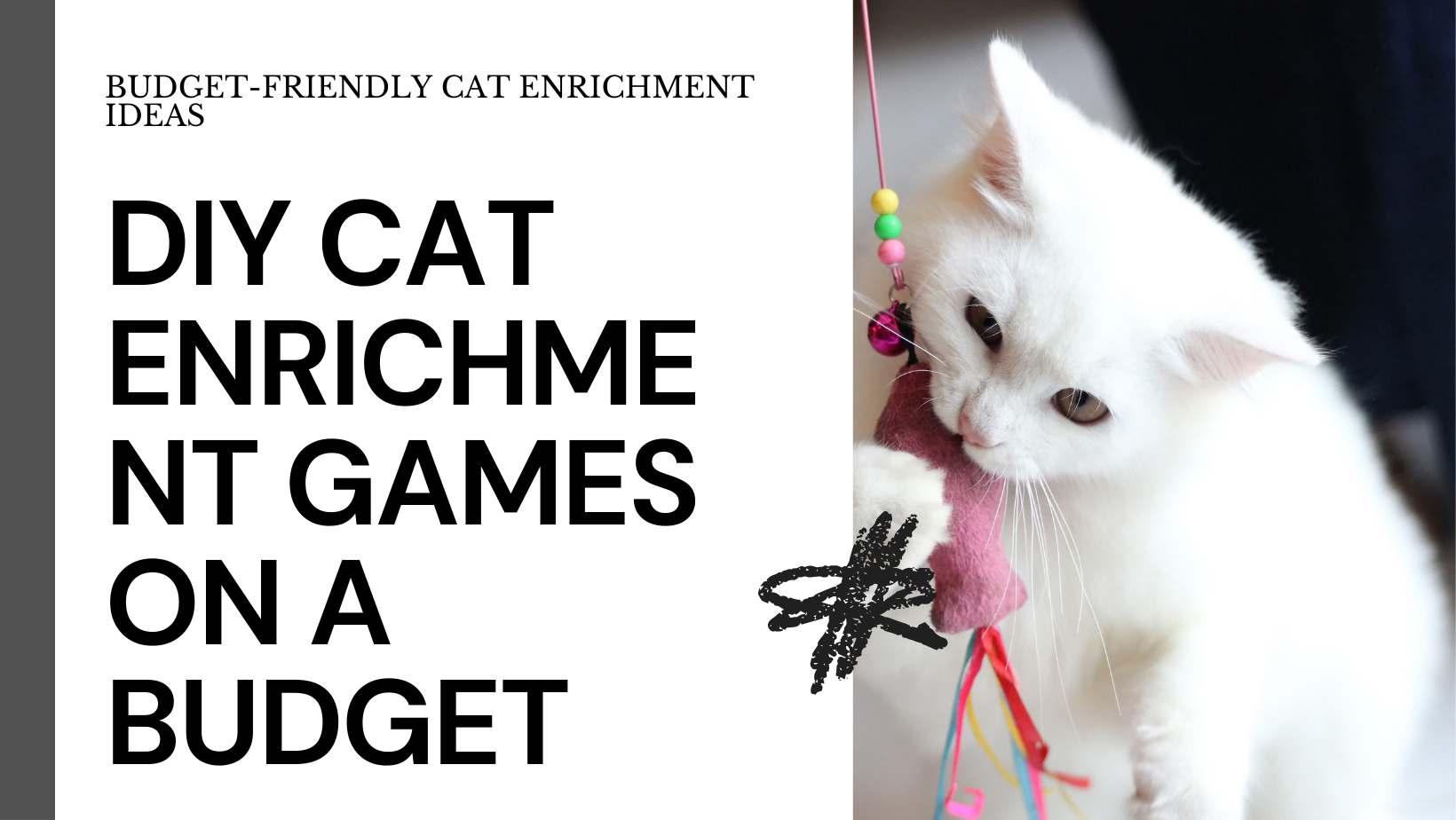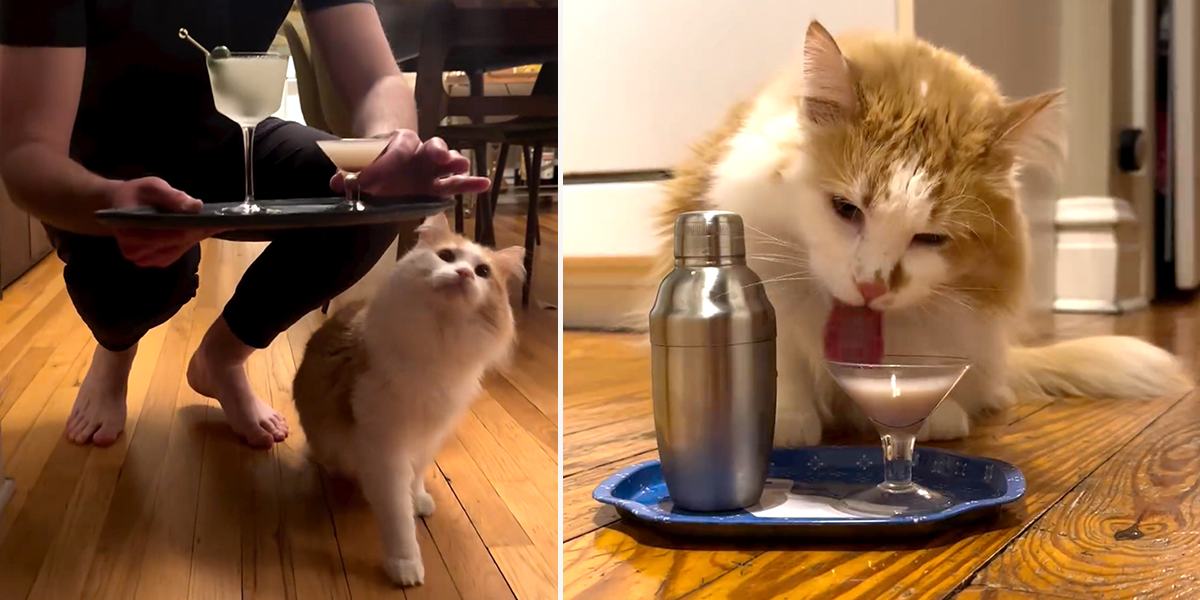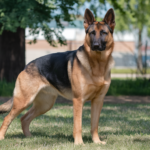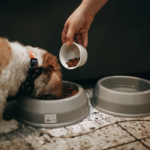Last Updated on February 6, 2025 by Dogs Vets
Just like any other pet, cats need time each day for both mental and physical exercise. While keeping them entertained indoors is essential, taking them outside can also provide valuable stimulation. You have various options to let your cat enjoy the outdoors under your supervision. Consider using playpens, catios, or backpack carriers. However, one of the most vital tools for any responsible pet parent is a cat harness and leash. These items allow your cat to explore, roll in the grass, and chase small creatures while remaining secure.
You might notice that cats on leashes are less common than dogs. If you own a cat, you know that walking them is a different experience altogether. With a well-fitted harness and leash system, you can open up new avenues for your cat to enjoy fresh air just like dogs do. If you’re searching for the best training and safety tools for your feline friend, this guide will help you choose the perfect cat harness and leash.
Importance of Choosing the Right Cat Harness and Leash
With a properly fitted cat harness and leash securely attached, your kitty can explore their surroundings while remaining under your watchful eye. Experts recommend using these tools as they provide both physical safety for your feline friend and peace of mind for you as an owner. Knowing that your curious companion won’t escape when outside allows you both to enjoy outdoor adventures together.
Training your cat with the best cat harness and leash is beneficial as well; it helps them gradually become accustomed to wearing it without feeling anxious or fearful outdoors. By considering various factors such as size and coat type, activity levels, local climate conditions, and material choice, you’ll be able to find the perfect harness and leash tailored specifically for your beloved pet.
Factors to Consider When Choosing a Cat Harness and Leash
Before investing in a cat harness and leash, you need to ensure these tools are safe for your feline companion. Always use them with a properly fitted harness. According to experts in cat behaviour, it’s crucial to think about what’s at the end of the leash. Attaching a leash solely to a collar isn’t safe at all. Cats can easily escape from collars, which can lead to neck injuries. Therefore, investing in a good-quality harness designed specifically for cats is essential. The best cat harnesses resemble jackets or vests and secure your cat in multiple places using snaps or buckles.
Cat’s Size and Coat
With so many options available on the market, choosing the right cat harness and leash can feel overwhelming. One of the most important factors is getting the size right. An ill-fitting harness can be awkward and uncomfortable for your cat. Remember that kittens grow quickly; unless you’re prepared to buy another one soon, an adjustable harness is a smart choice.
If you have a larger breed of cat, consider using a dog harness if you can’t find one that fits well in the feline section. Additionally, think about your cat’s coat length. Long hair can easily get caught in Velcro or buckle straps, which may cause discomfort or tangling.
Activity Level
Think about how you plan to use the harness and leash. If your regular activities include exploring your backyard or making quick trips to the vet, a minimalistic or H-style harness might be sufficient. However, if you’re more adventurous and want to take your kitty on hikes or outdoor excursions, choose a harness that allows a full range of motion.
Fabric
When selecting a cat harness and leash, consider the climate where you live. Many cats can easily overheat in warm weather due to their fur. If you live in a hot area, look for lightweight and breathable materials for both the harness and leash. On the flip side, if you have a hairless breed like a Sphynx, you’ll want a warm fabric for colder weather conditions.
Safety
Needless to say, a cat harness and leash must be safe so that your cat can’t crawl out of it easily. The cat harness must be snug but not too tight. Your feline companion may still be hell-bent on freeing themselves, but a well-fitted and comfortable harness can help ensure their safety.
Cat’s Medical Conditions
Taking care of your cat means being cautious about their health as well. Be aware of any existing medical conditions that may require special consideration when selecting a harness and leash. It’s wise to check with your vet first to see if your kitty has any health issues that might necessitate a tailored approach. For example, cats with asthma may experience discomfort with harnesses that fit too closely around their necks. Similarly, elderly cats suffering from arthritis may struggle with harnesses that require them to wriggle into place.
How to Train Your Cat for Harness and Leash Use: Easy Tips
Before purchasing a harness and leash for your beloved feline friend, take some time to measure their chest just behind their front legs. This measurement will help you select the right type of harness—whether H-shaped or V-shaped—ensuring it fits comfortably. Choose fabric that suits your cat’s skin; this will make it easier for them to accept wearing it.
If your cat is currently between sizes, adjustable straps are ideal for achieving a good fit. Ensure that the chosen leash releases easily since cats tend to have quick reflexes. Before putting on the harness for the first time, let it sit next to their toys so they can get used to its smell and presence in their environment.
Throughout this process, offer plenty of reassurance with gentle words and positive reinforcement like treats or praise. After several days of familiarising them with the harness, attach the leash and allow them some time to adjust before taking them outside.
Conclusion
Choosing the right cat harness and leash involves understanding your pet’s unique needs while ensuring comfort and safety during outdoor adventures. With patience and care during training sessions, you will create wonderful experiences together outside—making every outing enjoyable for both you and your kitty.






